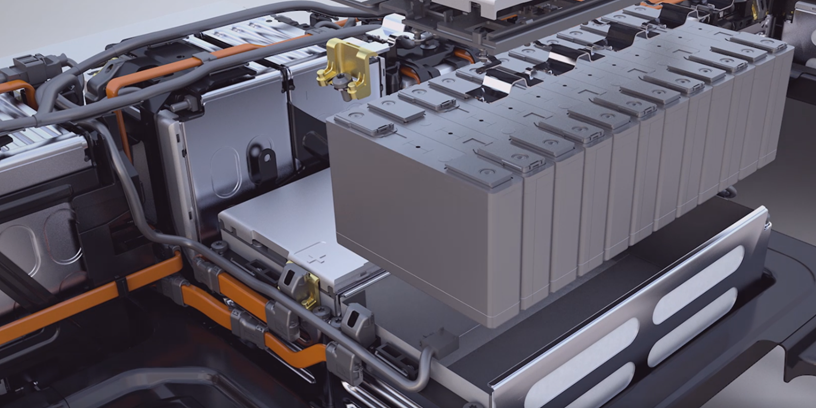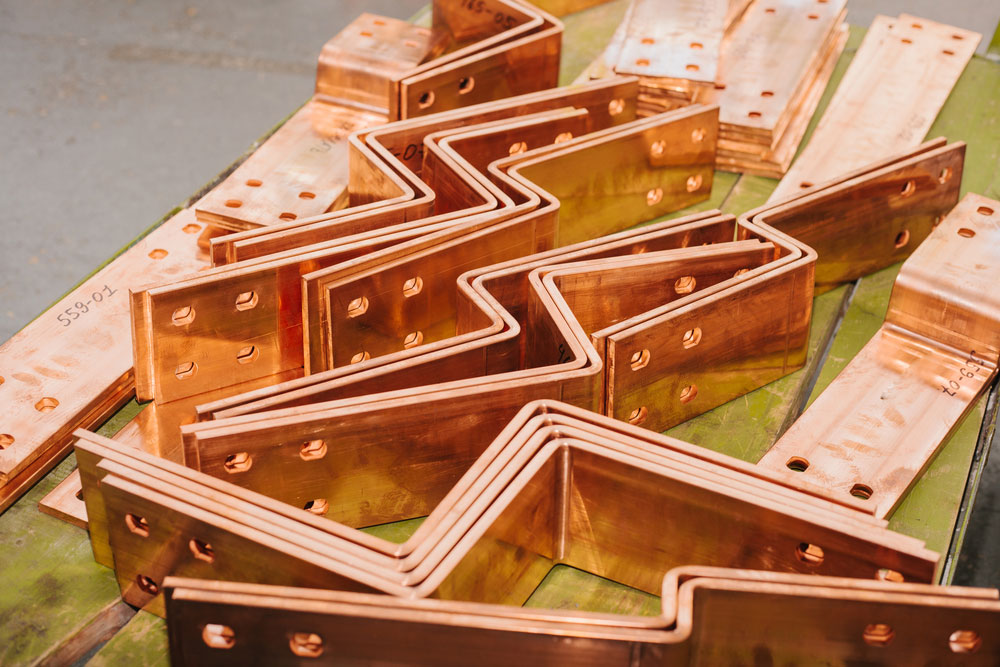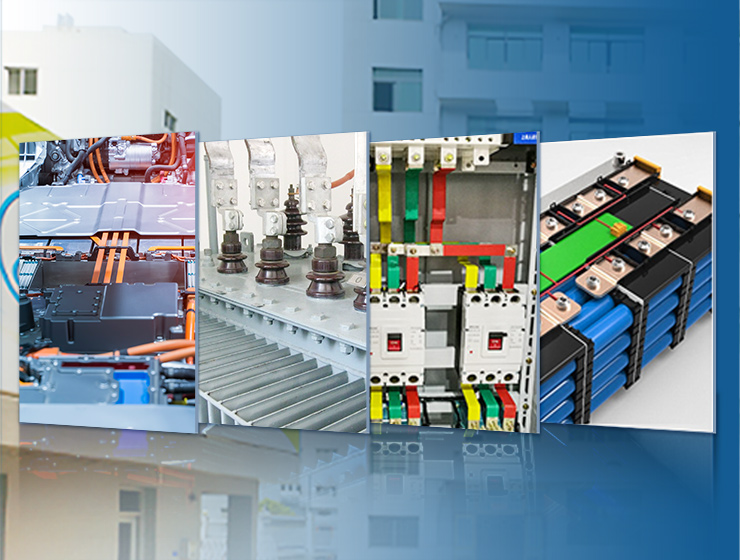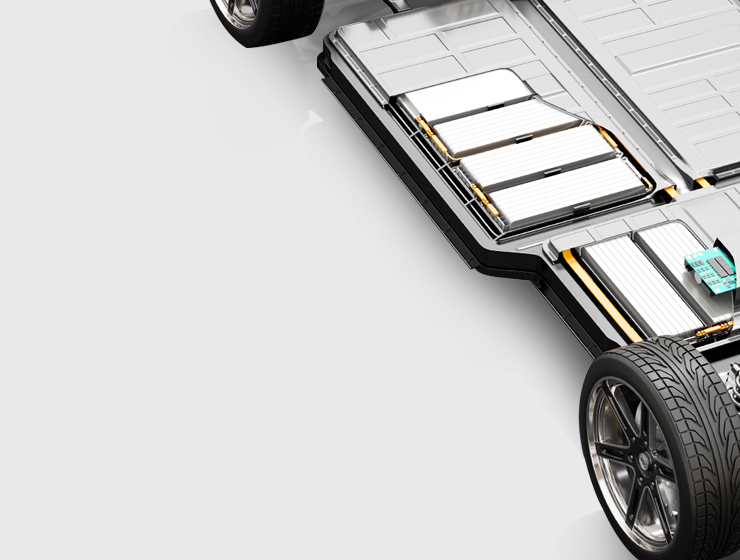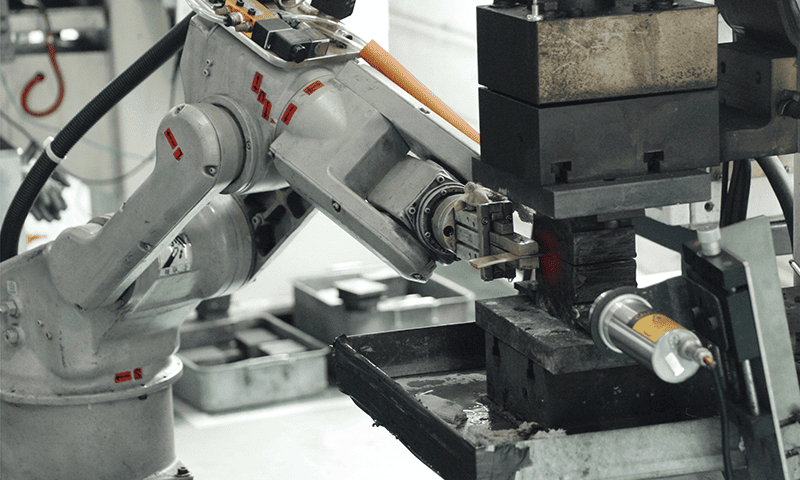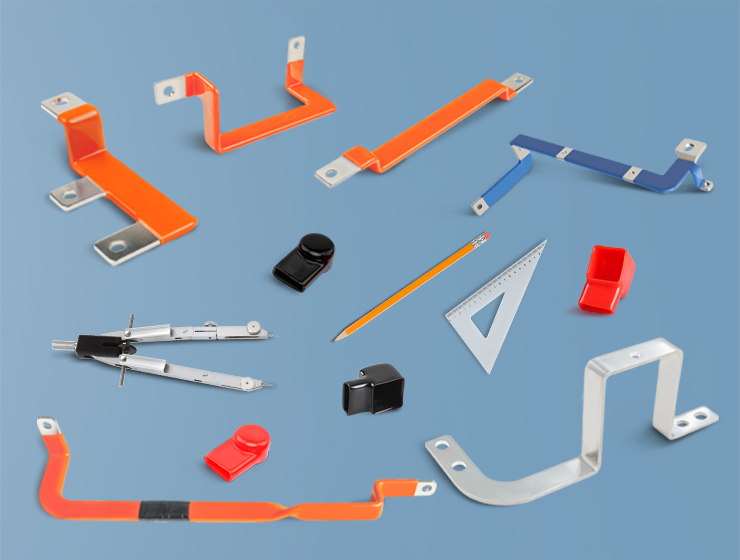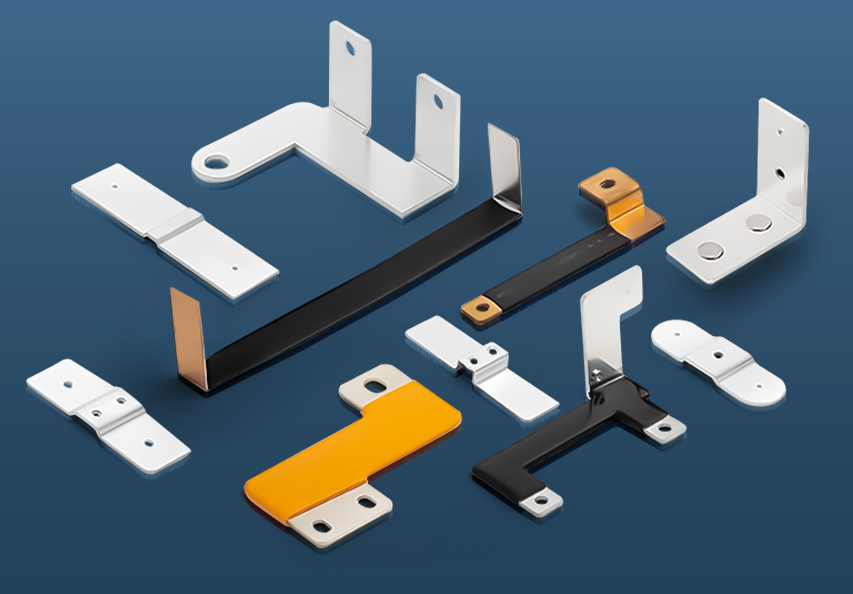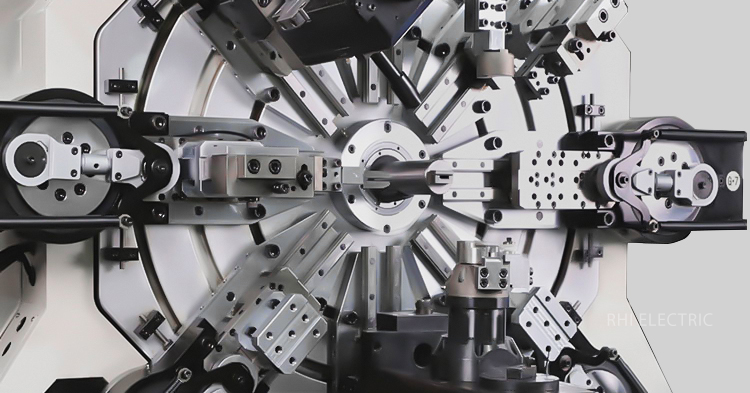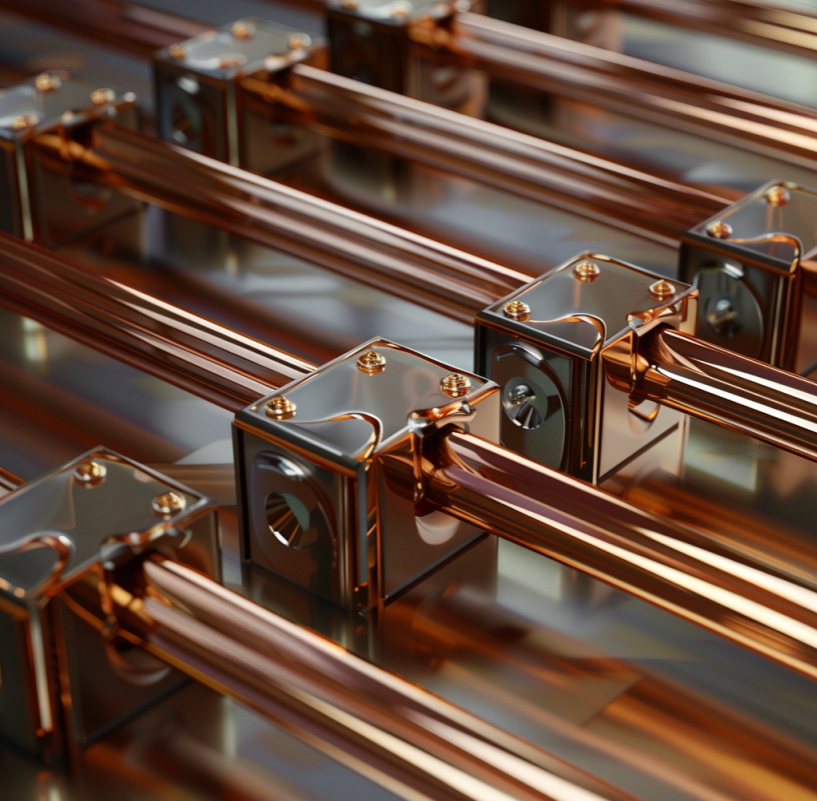

The Introduction Of The Electrical Bus Bar Sizing
Electrical systems form the backbone of modern civilization, enabling the safe and efficient transmission and distribution of power across residential, commercial, and industrial settings. At the core of many electrical systems is the bus bar, a conductor used to collect and distribute electrical power to various circuits or loads. The bus bar’s role in electrical power distribution cannot be overstated, as it serves as a centralized point for managing electrical flow.
An often overlooked yet crucial aspect of electrical bus bars is their sizing. Proper electrical bus bar sizing is critical for ensuring the optimal performance of the entire electrical system, preventing system failures, reducing energy loss, and maintaining safety standards. This blog will delve into the intricacies of electrical bus bar sizing, including the factors influencing it, calculation methods, material choices, and real-world applications.
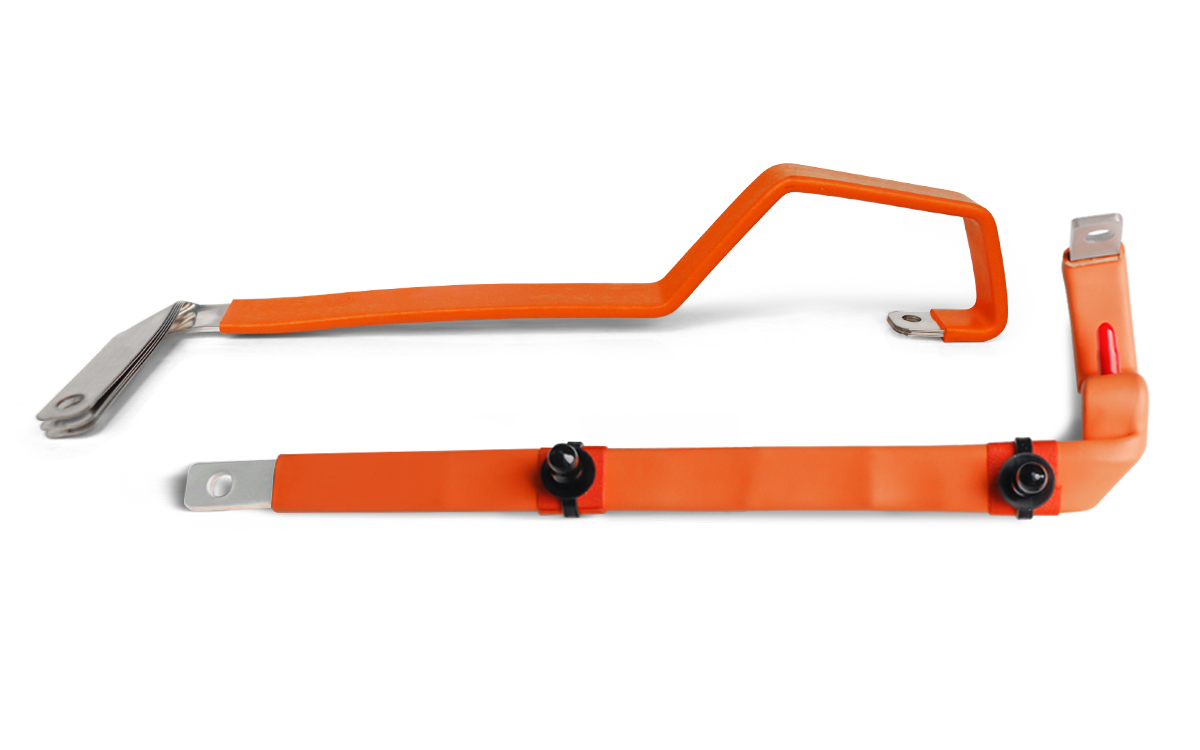
What Is an Electrical Bus Bar?
An electrical bus bar is a metal conductor, usually in the form of a bar or strip, that serves to distribute electrical power to various components of an electrical system. Bus bars are used in a wide range of applications, from simple residential electrical panels to complex industrial power distribution systems.
The primary function of a bus bar is to provide a stable and reliable connection between multiple circuits, enabling power to be distributed efficiently. Bus bars can be found in switchgear, distribution boards, and even electrical substations, where they connect incoming and outgoing electrical circuits.
Key Features of Bus Bars:
- High Conductivity: Bus bars are typically made from materials like copper or aluminum, both of which have excellent electrical conductivity, allowing them to transmit large amounts of current with minimal resistance.
- Compact and Modular: The compact nature of bus bars allows for the efficient organization of electrical systems. Their modular design enables easy installation, maintenance, and future upgrades.
- Durability: Bus bars are designed to handle large electrical currents while being resistant to wear and tear, corrosion, and extreme environmental conditions.
- Customization: Bus bars can be designed in various shapes, sizes, and configurations to meet the specific needs of a particular system, such as flat, round, or square cross-sections.
Importance of Proper Electrical Bus Bar Sizing
Incorrect bus bar sizing can have severe consequences for an electrical system, ranging from minor inefficiencies to catastrophic failures. The correct sizing ensures the bus bar performs optimally, managing electrical currents safely and efficiently.
1. Thermal Management
When electrical current passes through a bus bar, it generates heat due to resistance. If the bus bar is too small for the required current, the excess heat can cause the bus bar to overheat, leading to potential system failures, electrical fires, or even component damage. Proper sizing ensures that the bus bar has sufficient surface area to dissipate heat effectively.
2. Safety
An undersized bus bar may not be able to handle the electrical load it’s subjected to, leading to excessive heating, which can cause insulation to degrade or melt, increasing the risk of short circuits and fires. Properly sized bus bars ensure that the electrical system operates within safe thermal limits.
3. Efficiency
The efficiency of an electrical system is closely tied to the size of its bus bars. A correctly sized bus bar minimizes the resistance to electrical flow, reducing energy losses that would otherwise result in wasted heat. Over time, this contributes to the overall efficiency of the power distribution system, saving both energy and costs.
4. Longevity
Electrical systems that operate within their design parameters last longer. An oversized bus bar can add unnecessary costs, but an undersized bus bar can result in frequent failures and higher maintenance costs. Correct sizing ensures the system is reliable over time.
Factors Influencing Electrical Bus Bar Sizing
Determining the correct size for a bus bar is not a one-size-fits-all approach. Several factors must be considered to ensure that the bus bar will handle the electrical load without risk of overheating, failure, or inefficient operation.
1. Current-Carrying Capacity
The current-carrying capacity of a bus bar is a critical factor in determining its size. The bus bar must be able to handle the maximum expected current in the system without exceeding safe temperature limits. The current is usually specified in amperes (A) and is based on the electrical load connected to the system.
In practice, the bus bar must be able to accommodate the steady-state current as well as any transient surges or spikes in current that might occur, especially during startup conditions or fault events.
2. Short-Circuit Current Rating
In the event of a short circuit, the current flowing through the bus bar can increase dramatically in a very short period. Therefore, bus bars must be sized to withstand these high currents without breaking down. The short-circuit current rating is typically specified in kA (kiloamperes) and determines the maximum fault current the bus bar can safely carry for a brief period without being damaged.
3. Voltage Rating
Voltage affects the design of the bus bar, particularly in terms of insulation and spacing between conductors. A higher voltage requires greater insulation, and the spacing between the bus bars must be adjusted accordingly to prevent arcing or insulation breakdown.
4. Ambient Temperature
The surrounding temperature influences how effectively a bus bar can dissipate heat. In high-temperature environments, bus bars may require larger cross-sectional areas to prevent excessive temperature rise. In some cases, the bus bar may need additional cooling mechanisms, such as forced air or liquid cooling, to manage thermal performance.
5. Material
The material used for the bus bar directly impacts its conductivity and mechanical properties. Copper and aluminum are the two most common materials used for bus bars.
- Copper: Copper is known for its excellent electrical conductivity and mechanical strength, making it a popular choice for high-performance applications. Copper bus bars typically have a smaller cross-sectional area than aluminum bars for the same current-carrying capacity.
- Aluminum: Aluminum is less conductive than copper, but it is much lighter and more cost-effective. Aluminum bus bars are often used in large-scale systems where weight is a consideration, or where budget constraints are more pressing.
6. Shape and Design
The shape of the bus bar impacts both its current-carrying capacity and heat dissipation efficiency. Flat bus bars are typically used in low-voltage systems, while round or tubular bus bars are preferred in high-voltage systems. The design of the bus bar should allow for adequate air circulation and cooling.
Calculations for Electrical Bus Bar Sizing
The process of calculating the appropriate size for a bus bar involves several steps, based on the system’s electrical load, material choice, and environmental conditions. The following steps outline a basic approach:
1. Determine the Current Load
Identify the maximum expected current load (in amperes) for the system. This should include both steady-state current and potential surge currents that could occur under fault conditions or during equipment startup.
2. Select the Material
Choose the material for the bus bar, taking into account conductivity, cost, and mechanical strength. Copper and aluminum are the most common materials, each with its own advantages and disadvantages.
3. Calculate the Cross-Sectional Area
The required cross-sectional area (A) of the bus bar can be determined using the formula:
A=I/(σ⋅J)
Where:
- I = Current in amperes.
- σ = Electrical conductivity of the material (copper has a conductivity of about 58 MS/m, while aluminum is around 35 MS/m).
- J = Current density, which is typically chosen based on the material and application (measured in amperes per square millimeter).
4. Consider Heat Dissipation
Heat generated by the bus bar must be dissipated efficiently to prevent overheating. The surface area and the environment in which the bus bar is installed affect its ability to cool. In certain cases, the bus bar may require additional cooling systems, such as forced air cooling or liquid cooling.
5. Verify Short-Circuit Rating
Verify that the bus bar can handle the expected short-circuit current without excessive deformation or damage. The bus bar’s short-circuit rating should be at least as high as the expected fault current.
6. Include Safety Margins
It’s always good practice to include a safety margin when sizing bus bars. This helps to account for unforeseen load variations, temperature changes, or future system expansions.

Common Applications of Bus Bars
Electrical bus bars are used in a variety of applications across multiple industries. Their versatility and efficiency make them essential components in many electrical systems.
1. Power Distribution Panels
In residential, commercial, and industrial settings, bus bars are used in power distribution panels to consolidate and distribute electrical power to various circuits. These systems often feature multiple bus bars for different voltage levels, such as low-voltage and medium-voltage systems.
2. Switchgear
Bus bars are used in switchgear systems to connect incoming and outgoing power lines. Switchgear provides protection and control for electrical circuits, and bus bars play a central role in distributing power efficiently.
3. Renewable Energy Systems
In solar and wind power systems, bus bars are used to consolidate the electrical output from multiple photovoltaic panels or wind turbines. This allows for efficient distribution of generated power to the grid or to battery storage systems.
4. Industrial Machinery
Bus bars are widely used in industrial settings to supply power to heavy machinery, motor control centers, and automated production lines. Their robust design and reliability make them ideal for handling the high electrical loads in these environments.
5. Data Centers
Data centers require a constant, reliable supply of electrical power to run servers, cooling systems, and other critical equipment. Bus bars provide an efficient means of distributing power across these systems, ensuring uptime and operational efficiency.
Conclusion
Proper electrical bus bar sizing is essential for ensuring the safety, efficiency, and longevity of electrical systems. By understanding the various factors that influence bus bar sizing, including current load, material choice, and environmental conditions, you can design a system that meets the specific needs of your application.
Whether you're designing a small-scale power distribution system or working on a large industrial installation, the principles of bus bar sizing will help ensure that your system operates safely and efficiently. By following best practices and adhering to industry standards, you can create a reliable and cost-effective power distribution system that meets both current and future demands.






